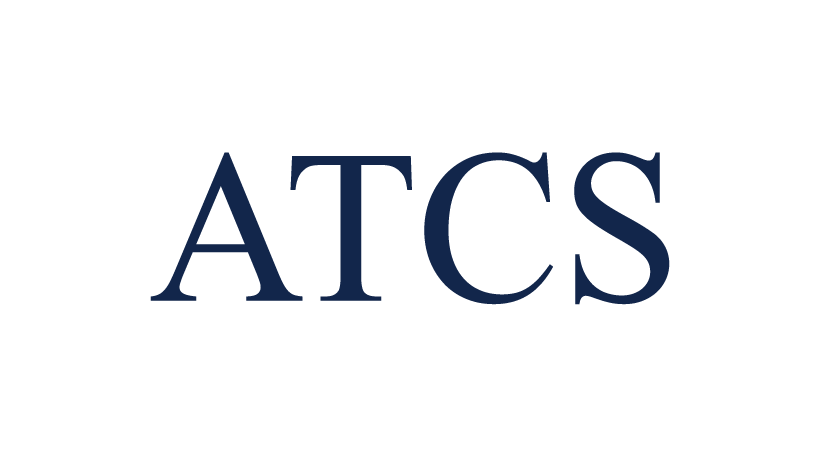Dr. Z’s Corner (201903)
More Rigorous Structural Design Procedures Create Debate
Structural Engineering (SE) vs. Professional Engineering (PE)
This month, we would like to start our article with good news. According to U.S. Bureau of Labor Statistics, new jobs for engineers projected for 2016–2026, Civil Engineers placed at the top of the list with 32,200 new jobs with a median annual wage of $83,540. Mechanical Engineers, Industrial Engineers, and Electrical Engineers followed Civil Engineers.
Engineers of all disciplines in the United States are charged with “protecting the safety, health, and welfare of the general public.” Because of this responsibility, all 50 states currently require a PE licensure to practice engineering within their geographic bounds.
In the last decade, there has been a movement across the nation to better the life safety of our structures by requiring a separate licensure for structural engineers. A failure in a structural system, as evidenced by Hyatt Regency Hotel Walkway disaster in 1981 that killed 114 people or the I-35 W Minneapolis Bridge Collapse in 2007 that killed 13 people, are just two examples of numerous accidents. Over the years, engineers and code officials have learned from these failures and implemented more rigorous structural design procedures.
Advances in understanding the impact of natural forces on buildings have led to more complicated requirements for structural analysis. The failures of buildings due to earthquakes, hurricanes, and tornados have resulted in new approaches on how we design buildings to respond to seismic and wind events. Engineers now incorporate these lessons learned in the design of structures to prevent catastrophic failures under extreme events; some structures such as hospitals, police stations, and fire stations must remain operational even after an event.
Due to the risk involved and the increased complexity of structural design requirements, several states have begun to recognize structural engineers separately from professional engineers and increase their licensing requirements. Because each state has its own licensing board, there is a large variation in the requirements to obtain an SE license and the significance an SE license carries. While an effort is underway to develop a national SE certification, one of the most common questions from some professional engineers (PE) looking to market their expertise across state lines is to know which states recognize the Structural Engineering (SE) license. While licensing clearly protects the public, the specifics of how licensing is carried out are often debated. Nowhere is this clearer than in the debate between NSPE and other structural engineering groups such as the Structural Engineering Institute of the American Society of Civil Engineers (SEI-ASCE), the National Council of Structural Engineers Associations (NCSEA), the Structural Engineering Certification Board (SECB), and the American Council of Engineering Companies (ACEC) formed the Structural Engineering Licensure Coalition. Since its formation, there has been considerable legislative activity pertaining to whether, or not, there should be a separate license for Structural Engineers.
Brief Overview of NCEES Structural (SE) Exams
Unlike the computer-based Fundamentals of Engineering (FE) exam, the Structural Engineering (SE) exam is still administered in a penciland- paper format and is an open-book test. The SE exam consists of two modules BREADTH and DEPTH and is offered in two 8-hour components on two successive days. It includes integrated design, analysis and detailing questions. No single component of the exam is a sufficient stand-alone exam for any purpose. We recommend our readers to review the NCEES.ORG for exact specifications.
The 16-hour SE exam uses separate vertical and lateral components to test the applicant’s ability to safely design buildings or bridges, especially in areas of high seismicity and high wind. It is important to remember that the exam uses the US Customary System (USCS) of units only.
The 8-hour Vertical Forces (Gravity/ Other) and Incidental Lateral component is offered only on a Friday. It focuses on gravity loads and lateral earth pressures. The 8-hour Lateral Forces (Wind/Earthquake) component is offered only on a Saturday and focuses on wind and earthquake loads.
BREADTH Modules (Morning Sessions)
The BREADTH modules are in the morning sessions. These modules contain questions covering a comprehensive range of structural engineering topics and all questions in the morning are multiple-choice.
DEPTH Modules (Afternoon Sessions)
The DEPTH modules are in the afternoon sessions. These modules focus on a single area of practice in structural engineering. The examinee will choose either buildings or bridges, but must work the same topic area on both components. All questions in the afternoon depth modules are essay-type problems, constructed response.
The examinees are required to obtain acceptable results on both 8-hour components of the SE exam in a single exam administration. It is acceptable to sit for and obtain acceptable results on one component, and then sit for and obtain acceptable results on the second component at a later date. We will continue discussing the current SE exam specifications in our next month's article.
Until next time,
Ahmet Zeytinci (Dr.Z.)
This email address is being protected from spambots. You need JavaScript enabled to view it.








